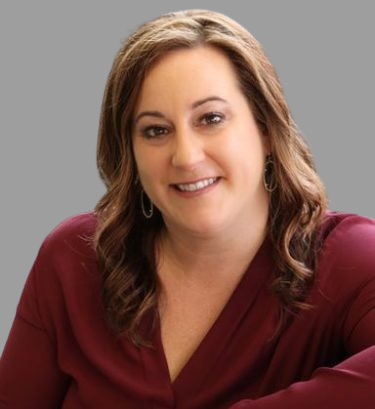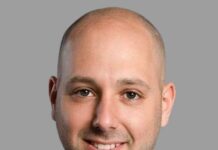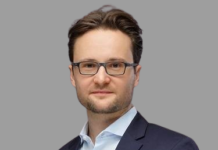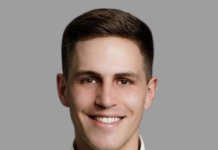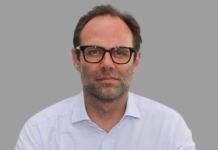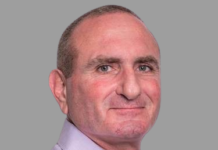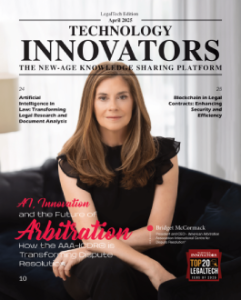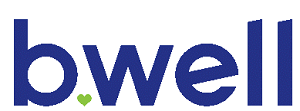 Company: b.well™ Connected Health
Company: b.well™ Connected Health
Website: www.icanbwell.com
Management: Kristen Valdes, Founder and CEO
Founded Year: 2015
Headquarters: Baltimore, MD
Description: b.well is an integrated health management platform that connects consumers with a personalized digital experience to manage all aspects of their health. For payers, the solution provides unmatched digital navigation and for health systems it becomes the single digital front door to transform and execute on digital strategy.
Breakthrough In Healthcare Data Management
“Data is not an asset that companies should have the right to own, health data is personal and should be accessible to the person it matters most to, the individual”, says Kristen Valdes, Founder & CEO, b.well. In the health care world, each company like providers, payers, point solutions, employers have their portal and they try to engage consumers in that individual aspect of their health care experience. It is then up to the customer to browse through numerous apps and find relevant information. As a health care expert, Kristen Valdes observed that lack of transparency of data between the stakeholders has made it difficult for the individuals to manage their health care needs. She was a health care consumer that struggled as her daughter, Bailey, endured a seven year long journey of misdiagnose, expensive procedures, and a near-fatal incident due to non-availability of collated data before Kristen was able to advocate and find her diagnosis. She says, “What I needed – was a place to manage all of her healthcare information and needs in one location. So, I started b.well”.
b.well serves the health care industry by offering employers, payers and health systems an all-in-one integrated platform for consumer engagement, holistic health management, and cost containment. It was a breakthrough in the history of health care data management as until b.well came about there was no neutral, trusted, third party company providing an integrated service that offered a truly customer-centric healthcare experience which was persistent, portable and personalized.
Innovative Design
Most companies racing toward digital transformation do not concentrate on the consumer workflow, yet they expect the customers to have the finest digital experience. b.well primarily focused on the consumer workflow and took inference from their own experiences as a parent and caregiver. Kristen took inputs from consumers from all walks of life, as well as employers, providers, insurance companies and retail organizations that were struggling to define and execute on their digital health strategy . Thus built, b.well has become a platform that unifies a consumer’s complete medical record and is able to leverage real-time information to improve a consumer’s overall health literacy. The hard part is no longer getting access to the data, its what you do with it once you’ve obtained it and cleansed it. The b.well consumer application then puts consumers on a personal health journey by providing insights and information that is relevant to them at that time. It also helps consumers connect with the right solution for them, whether it’s transportation to a visit, access to a doctor in less than 15 minutes, or price shopping their families prescriptions to save money and improve adherence. These conveniences deliver value across the spectrum for consumers.
With this innovative design of all-in-one, b.well has earned a healthy increase in revenue, loyalty and has been able to bring out vast improvement in quality for health care companies across the spectrum. They have seen over 67% continuous active engagements, a 35% decrease in cost to administer health programs, a 20% decrease in health care spend and improved biometrics across the board. Kirsten and her team have proved it is possible to align consumers to evidence-based medicine through a digital format.
Secret Code to Success
Kirsten has established herself as a forward-thinking entrepreneur and visionary in the healthcare space. She believes “team and passion are the key drivers to success”. She is very passionate about the mission of the company and radiates it to her team. She encourages free-thinking and provides opportunities for every member to voice their opinion.
According to her, to be successful in any business it is important to listen to the needs of the target audience. She says, “You cannot design for a patient, caregiver, hospital, employer, or carrier without deeply understanding their pain points, what they are trying to accomplish and their current experience.” She spends a lot of time in the field talking to potential clients and educating the industry on her product. She finds many of the regulations governing healthcare are outdated and actively campaigns and asks other entrepreneurs to ask for changes to make the system less transactional and more experiential.
She feels fear of failure should be there in all entrepreneurs and that will push them to perform better. She says, “ As a leader, we should always believe we’re not doing enough and that someone might catch us; it’s what keeps us pushing hard toward improvement in our space.”


